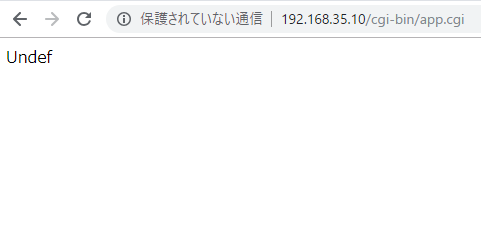Perlで入れて、文字化けしてる!?
my $user = 'root';
my $passwd = '';
my $db = DBI->connect('DBI:mysql:click:localhost', $user, $passwd);
my $sth = $db->prepare("INSERT INTO _mng(user_id, password, last_name, first_name, dept) VALUES (?, ?, ?, ?, ?)");
$sth->execute($user_id, $password, $last_name, $first_name, $dept);
+---------+----------+----------------+--------------+---------------------+----------------------+------------------------+----------------+----------------------+-----------------------+---------------------------+---------------+-------------+---------------+-------------+
| aaa | hoge | �田 | 太郎 | 管�部 | NULL | NULL | NULL | NULL | NULL | NULL | NULL | NULL | NULL | NULL |
| eda | hoge | 江藤 | � | 管�部 | NULL | NULL | NULL | NULL | NULL | NULL | NULL | NULL | NULL | NULL |
| hoge | hoge | 山田 | 太郎 | 管�部 | NULL | NULL | NULL | NULL | NULL | NULL | NULL | NULL | NULL | NULL |
| ykk | hoge | 高橋 | � | 管�部 | NULL | NULL | NULL | NULL | NULL | NULL | NULL | NULL | NULL | NULL |
+---------+----------+----------------+--------------+---------------------+----------------------+------------------------+----------------+----------------------+-----------------------+---------------------------+---------------+-------------+---------------+-------------+
4 rows in set (0.00 sec)
set name utf8がない模様
my $user = ‘root’;
my $passwd = ”;
my $db = DBI->connect(‘DBI:mysql:click:localhost’, $user, $passwd);
my $sth = $db->prepare(“INSERT INTO mng(user_id, password, last_name, first_name, dept) VALUES (?, ?, ?, ?, ?)”);
$db->do(“set names utf8”);
$sth->execute($user_id, $password, $last_name, $first_name, $dept);
+———+———-+—————-+————–+———————+———————-+————————+—————-+———————-+———————–+—————————+—————+————-+—————+————-+
| aaa | hoge | �田 | 太郎 | 管�部 | NULL | NULL | NULL | NULL | NULL | NULL | NULL | NULL | NULL | NULL |
| eda | hoge | 江藤 | � | 管�部 | NULL | NULL | NULL | NULL | NULL | NULL | NULL | NULL | NULL | NULL |
| hoge | hoge | 山田 | 太郎 | 管�部 | NULL | NULL | NULL | NULL | NULL | NULL | NULL | NULL | NULL | NULL |
| sakura | sakura | さくら | たかし | 管理部 | NULL | NULL | NULL | NULL | NULL | NULL | NULL | NULL | NULL | NULL |
| ykk | hoge | 高橋 | � | 管�部 | NULL | NULL | NULL | NULL | NULL | NULL | NULL | NULL | NULL | NULL |
+———+———-+—————-+————–+———————+———————-+————————+—————-+———————-+———————–+—————————+—————+————-+—————+————-+
5 rows in set (0.00 sec)
日本語で入りましたねー






